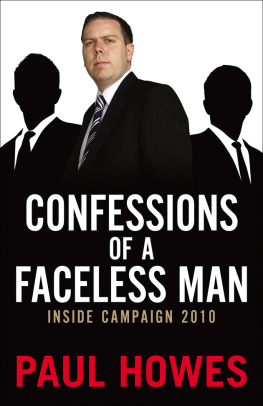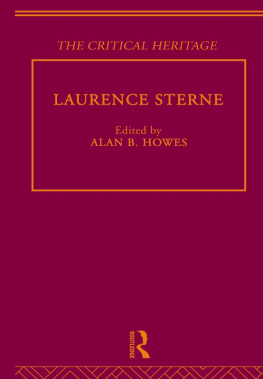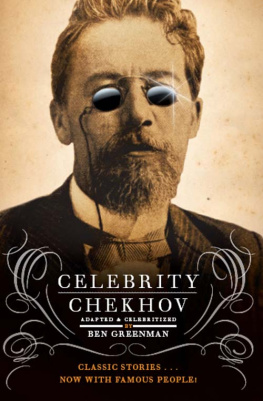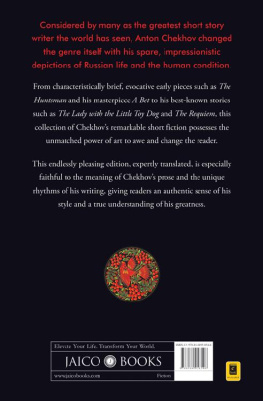Howes Anton - Arts and Minds
Here you can read online Howes Anton - Arts and Minds full text of the book (entire story) in english for free. Download pdf and epub, get meaning, cover and reviews about this ebook. year: 2020, publisher: Princeton University Press, genre: Politics. Description of the work, (preface) as well as reviews are available. Best literature library LitArk.com created for fans of good reading and offers a wide selection of genres:
Romance novel
Science fiction
Adventure
Detective
Science
History
Home and family
Prose
Art
Politics
Computer
Non-fiction
Religion
Business
Children
Humor
Choose a favorite category and find really read worthwhile books. Enjoy immersion in the world of imagination, feel the emotions of the characters or learn something new for yourself, make an fascinating discovery.

- Book:Arts and Minds
- Author:
- Publisher:Princeton University Press
- Genre:
- Year:2020
- Rating:5 / 5
- Favourites:Add to favourites
- Your mark:
- 100
- 1
- 2
- 3
- 4
- 5
Arts and Minds: summary, description and annotation
We offer to read an annotation, description, summary or preface (depends on what the author of the book "Arts and Minds" wrote himself). If you haven't found the necessary information about the book — write in the comments, we will try to find it.
Arts and Minds — read online for free the complete book (whole text) full work
Below is the text of the book, divided by pages. System saving the place of the last page read, allows you to conveniently read the book "Arts and Minds" online for free, without having to search again every time where you left off. Put a bookmark, and you can go to the page where you finished reading at any time.
Font size:
Interval:
Bookmark:
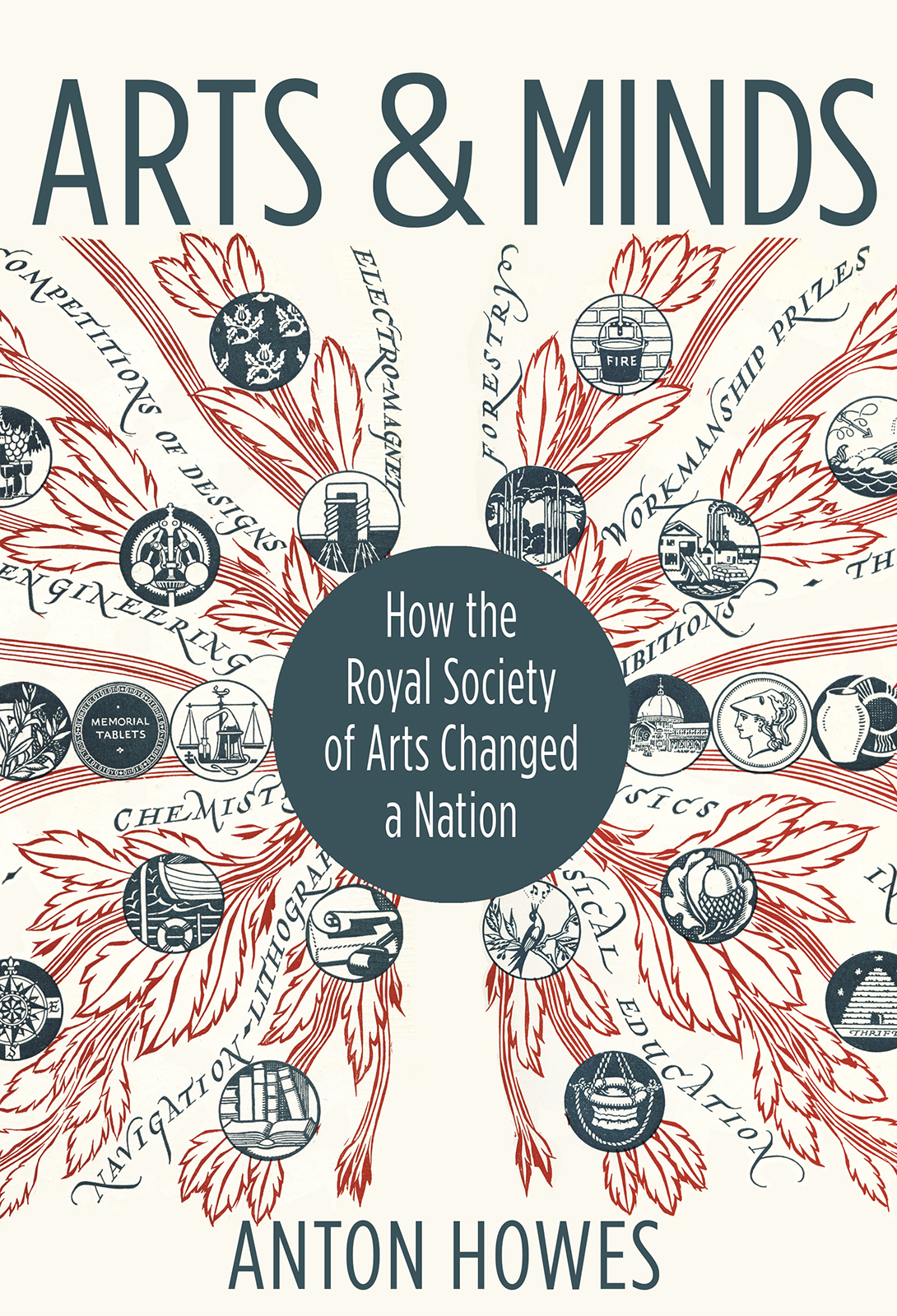
ARTS AND MINDS
HOW THE ROYAL SOCIETY OF ARTS
CHANGED A NATION
ANTON HOWES
PRINCETON UNIVERSITY PRESS
PRINCETON & OXFORD
Copyright 2020 by Princeton University Press
Requests for permission to reproduce material from this work should be sent to
Published by Princeton University Press
41 William Street, Princeton, New Jersey 08540
6 Oxford Street, Woodstock, Oxfordshire OX20 1TR
press.princeton.edu
All Rights Reserved
Library of Congress Cataloging-in-Publication Data
Names: Howes, Anton, author.
Title: Arts and minds : how the Royal Society of Arts changed a nation / Anton Howes.
Description: Princeton : Princeton University Press, [2020] | Includes bibliographical references and index. |
Identifiers: LCCN 2019026884 | ISBN 9780691182643 (hardcover ; acid-free paper) |
ISBN 9780691201900 (epub)
Version 1.0
Subjects: LCSH: Royal Society of Arts (Great Britain)Influence. | Research institutesGreat BritainInfluence.
Classification: LCC T1.R855 H69 2020 | DDC 062dc23
LC record available at https://lccn.loc.gov/2019026884
British Library Cataloging-in-Publication Data is available
Editorial: Sarah Caro and Charlie Blake
Production Editorial: Debbie Tegarden
Jacket Design: Lorraine Doneker
Production: Erin Suydam
Publicity: Tayler Lord and Kate Farquhar-Thomson
Copyeditor: Tash Siddiqui
Jacket Credit: Robert Percy Gossop, 1934. Courtesy of the Royal Society of Arts
To the public-spirited.
ix
xi
Unless otherwise stated in the captions, all illustrations are provided courtesy of the Royal Society of Arts. Colour plates follow .
Plates
Figures
FEW PEOPLE HAVE HEARD of the Royal Society for the Encouragement of Arts, Manufactures and Commerce. Even fewer know what it does. Many assume, as its name is usually abbreviated to the Royal Society of Arts, that it is all about art. It has certainly done a lot to promote art, but it has also done much, much more than that. In fact, the Society is by its very nature difficult to define. There is no other organisation quite like it, and nor has there ever been. It is in a category of its own.
For almost three hundred years, the Society has essentially been Britains voluntary, subscription-funded, national improvement agency. It has tried to change an entire nation, in every way imaginable. From art, music, employment and education, to food, the environment, the economy, and even Britains morals and culture. If anything can be improved, the Society has almost certainly tried. After all, anything can always be better.
In its first hundred years the Society funded inventions that would not otherwise have been profitable, encouraged the opening of new trades with the colonies, and held the countrys first dedicated exhibition of contemporary art, all while encouraging the landed aristocracy to plant over sixty million trees. It tried to abolish the use of children in cleaning chimneys, and to find a solution to the problem of banknote forgery. The list continues.
In the mid-nineteenth century it became a platform for utilitarian reformers trying to create rational systems in everything, from education and the postal service, to musical pitch and toilets. At some points, the Society even resembled a learned societya place for expert discussion on everything from early telephones to West African goldmines. At other points, it became the focal point for social movements, from the preservation of old cottages, to workers self-education, to the conservation of the environment.
The Societys history includes everything from the blue plaques that dot Britains buildings, to the temporary sculptures on Trafalgar Squares fourth plinth. It was the initial mover behind the Great Exhibition of 1851, and gave birth to hundreds of other institutions, some of which survive to this day. It has tried to bridge specialisms, and to reconcile ideological divides. Its members have included Adam Smith, Edmund Burke, and Karl Marx, founding fathers of liberalism, conservatism, and communism.
There is only one thing that ties all of the Societys members and their disparate projects together: a desire to benefit the public. But to do so, it does the things that are not already being done. It has had to constantly reinvent itself. Once a project is successful it usually gives it independence and moves on: having blazed a needed trail it hands the axe to others to carry on while it looks for another trail and another axe. Sometimes it has succeeded, sometimes it has failed. Operating at the edges and pushing new ideas is difficult. Sometimes its members were too stuck in their ways, or misguided in their attempts, or too ahead of their time. All the same, their failures are as instructive as their successes, especially for those who wish to serve the public good in any way they can.
The older published histories of the Society were written by insiders, the equivalents of the Societys chief executives. They sometimes read like advertisements. The last published history appeared in 1954. Much has happened since then, and more about the Societys first two centuries has also since come to light. The Societys influential and often surprising historyalmost three hundred years of public-spirited people who tried, in any way they could think of, to make Britain a better placewas therefore not fully told.
It began in the eighteenth century, with an idea.
ARTS AND MINDS
THE EIGHTEENTH CENTURY was an age of improvement.
The Baconian programme, as the economic historian Joel Mokyr has termed it, was to accumulate and rigorously test knowledge, especially as it might someday be useful. Knowledge, when recorded and shared, could then be interpreted and theorised, and conjectures made about the remaining gaps, all contributing to a philosophy of naturewhat we now call science.
By the mid-seventeenth century, natural philosophers had begun to formalise their relationships with one another. They began to meet regularly to discuss their work and share their findings, forming organisations for the collection and diffusion of knowledge. The preeminent institution to emerge in England was the Royal Society of London for the Improvement of Natural Knowledge, founded in 1660, and most commonly known today as simply the Royal Society. In France an Acadmie des Sciences was soon established too, as were many other learned societies across Europe. These societies did more than just collect information; they were places for truth to be tested, for experiments to be performed and replicated before a wide audience rather than reported by letter from the privacy of the home (after all, even the most prestigious or trustworthy correspondents might deceive themselves). It was at the societies that information could become accepted as fact.
The Baconian obsession with collection and cataloguing was also applied beyond natural philosophy, to history, archaeology, and ancient languages, so that the learning of distant ancestors might also be preserved and built upon. Alongside the scholarly pursuits, the coffee houses and taverns were places where stock prices were reported, news was exchanged, and plans were hatched.
By the early eighteenth century, however, the Baconian promises of material improvement were not being fully met. It was not enough for natural philosophers to collect knowledge that might be useful; the knowledge actually had to be put to use. In its early years many fellows of the Royal Society had recognised this. They investigated not only the works of nature, but also human artifice: all useful arts, manufactures, mechanical practices, engines, and inventions, as well as agriculture.
Font size:
Interval:
Bookmark:
Similar books «Arts and Minds»
Look at similar books to Arts and Minds. We have selected literature similar in name and meaning in the hope of providing readers with more options to find new, interesting, not yet read works.
Discussion, reviews of the book Arts and Minds and just readers' own opinions. Leave your comments, write what you think about the work, its meaning or the main characters. Specify what exactly you liked and what you didn't like, and why you think so.




